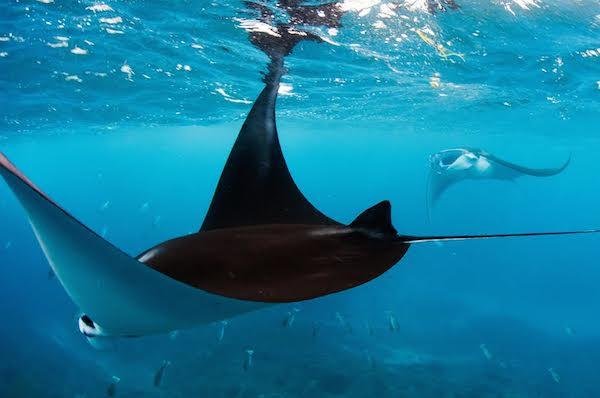A viral video shows how a type of ray, the mobula, can fly.
Seemingly in unison, the rays glide under the water before getting enough speed and ejecting themselves from the water. The footage was captured off the Gulf of California.


A viral video shows how a type of ray, the mobula, can fly.
Seemingly in unison, the rays glide under the water before getting enough speed and ejecting themselves from the water. The footage was captured off the Gulf of California.